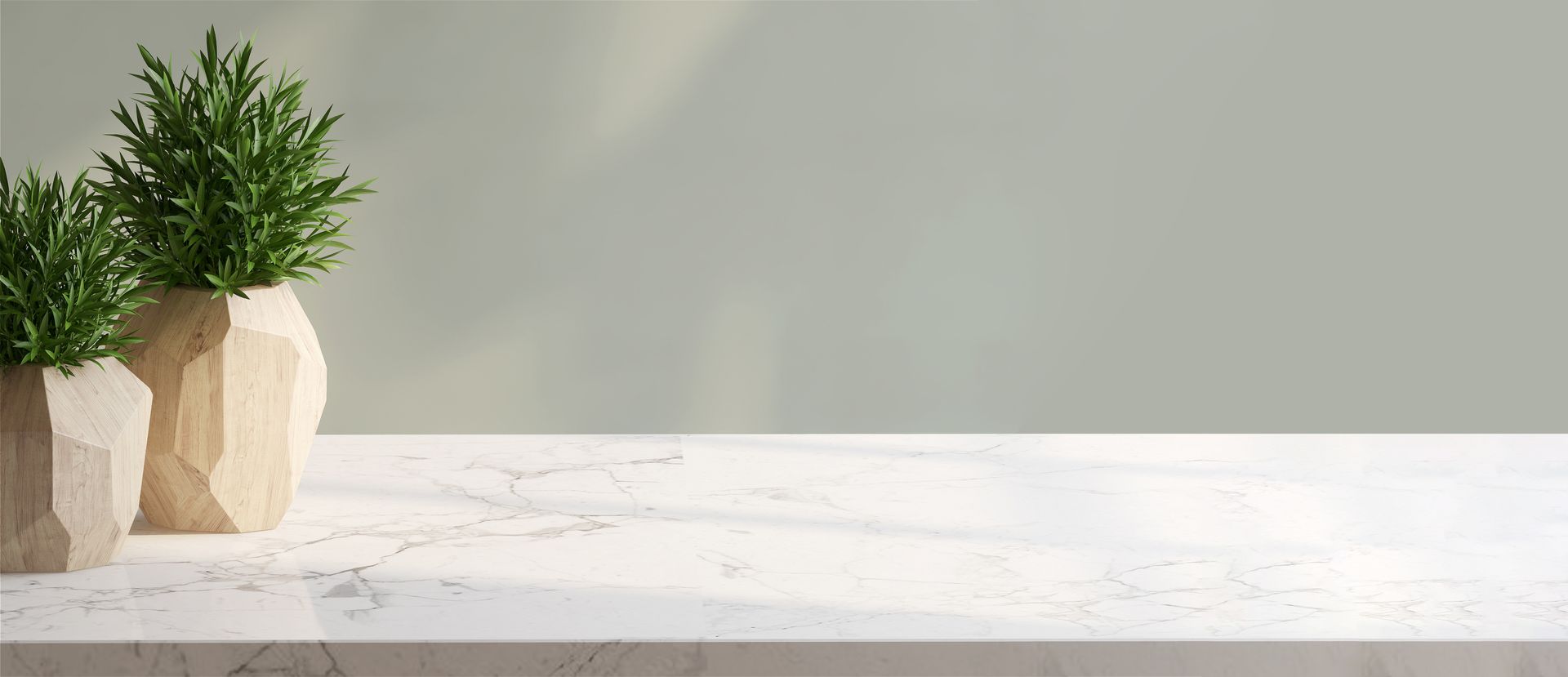Natural stone surfaces like granite, marble, limestone, and slate add elegance and beauty to any home. However, these surfaces can be prone to staining if not properly maintained. Whether it’s wine, oil, or rust, knowing how to tackle these stains effectively can help preserve the beauty of your stone. Here are step-by-step instructions to remove various stains from natural stone surfaces.
General Tips Before You Start
- Identify the Stone Type: Different stones have different properties. Knowing whether you have marble, granite, limestone, or another type of stone will help you choose the right cleaning method.
- Test in an Inconspicuous Area: Before applying any cleaning solution, test it in a small, hidden area to ensure it does not damage the stone.
- Act Quickly: The sooner you address a stain, the easier it will be to remove.
Removing Wine Stains
Materials Needed:
- Baking soda
- Water
- Soft cloth
- Plastic wrap
Steps:
- Blot the Stain: Use a soft cloth to blot (not rub) the wine stain to absorb as much liquid as possible.
- Make a Poultice: Mix baking soda and water to a thick paste.
- Apply the Poultice: Spread the paste over the stain. Cover it with plastic wrap and tape down the edges.
- Wait: Leave the poultice on the stain for 24 hours. The baking soda will draw the wine out of the stone.
- Clean the Area: Remove the plastic wrap and the dried paste. Rinse the area with water and wipe it with a soft cloth.
Removing Oil Stains
Materials Needed:
- Cornstarch or baking soda
- Soft cloth
- Mild dish soap
- Water
Steps:
- Blot the Stain: Use a soft cloth to blot excess oil.
- Apply Absorbent Powder: Sprinkle cornstarch or baking soda over the stain and let it sit for at least 15 minutes to absorb the oil.
- Brush Away Powder: After the powder has absorbed the oil, brush it away gently.
- Clean with Soap: Mix a few drops of mild dish soap with water. Use a soft cloth to clean the area gently.
- Rinse and Dry: Rinse the area with water and dry with a clean cloth.
Removing Rust Stains
Materials Needed:
- Rust remover specifically formulated for natural stone
- Soft brush
- Water
- Soft cloth
Steps:
- Apply Rust Remover: Follow the manufacturer’s instructions to apply the rust remover to the stained area.
- Scrub Gently: Use a soft brush to scrub the stain gently.
- Rinse Thoroughly: Rinse the area with water to remove all traces of the rust remover.
- Dry the Surface: Dry the area with a soft cloth.
Removing Organic Stains (Coffee, Tea, Food)
Materials Needed:
- Hydrogen peroxide (12% or higher)
- Ammonia (optional)
- Soft cloth
- Plastic wrap
Steps:
- Blot the Stain: Use a soft cloth to blot the stain to absorb as much of the liquid as possible.
- Apply Hydrogen Peroxide: Soak a cloth in hydrogen peroxide and place it over the stain.
- Add Ammonia (if needed): Add a few drops of ammonia to the hydrogen peroxide for stubborn stains.
- Cover with Plastic Wrap: Cover the cloth with plastic wrap and tape down the edges.
- Wait: Leave it on for 24 hours.
- Rinse and Dry: Remove the plastic wrap and cloth. Rinse the area with water and dry it with a clean cloth.
Preventive Measures
- Seal Your Stone: Regularly seal your natural stone surfaces to provide a protective barrier against stains.
- Clean Spills Immediately: Promptly clean any spills to prevent them from setting into the stone.
- Use Coasters and Trivets: Protect your stone surfaces by using coasters for drinks and trivets for hot dishes.
Conclusion
Removing stains from natural stone surfaces requires careful attention and the right techniques to avoid damage. Following these step-by-step instructions and taking preventive measures, you can keep your natural stone surfaces looking pristine and beautiful for years. If a stain proves too stubborn or you’re unsure about the cleaning process, consider consulting a professional stone care specialist.


